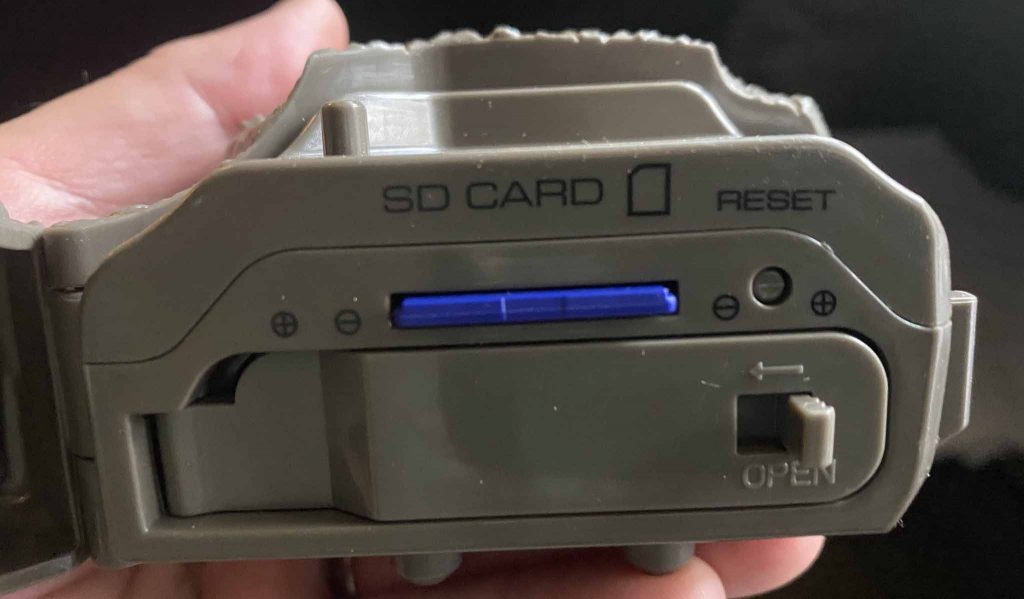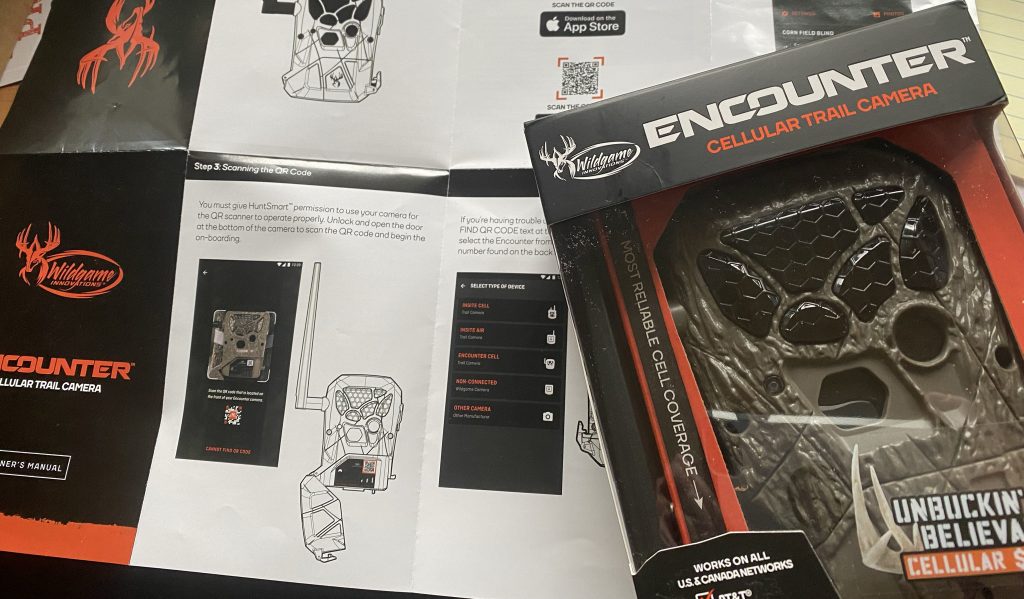My first trail camera reminded me of something made in high school electronics class. There were wires running everywhere and it took film! A counter on the camera would let me know if I needed to change the film for developing. It was cutting edge innovation that has led to some incredible advancements in trail camera technology.
Hunters have enjoyed major jumps from black and white, to color, and found even more success with infrared, blackout, and lightsout advancements. Card readers were developed for quick and easy access to images and hunters had regular access to new information from local wildlife.
Today’s society relies heavily on cell phones and it was a natural progression to build cellular technology into trail cameras. There have been a few hiccups and the cost has not always been affordable for the average outdoor enthusiast. Individual cell plans for cameras had slow take up. Hubs collected information from cameras to one transmitting device.
The best and most innovative trail cameras today notify your cell phone of new images, in real time. Some are easier to use than others, but the Wildgame Innovations Encounter Cellular Trail Camera is worth a second look.
New to the market this year, the camera offers intuitive set up with clear directions. It was a pleasant change from technology a decade ago. Cameras from the not-so-distant past required an engineer to put instructions into layman’s terms. To make things even worse, most men don’t even take the time to read instructions and simply want to put batteries and memory cards in a new device and turn it on.
When you open the new Encounter Cellular Trail Camera there is a foldout sheet of instructions, with little script. Perfect for those who do not like to decipher set up and use. The first step is to download the HuntSmart App. No need to Google the site, as the instructions provide a QR code that takes the user directly to the App Store or Google Play for the free download. Add batteries and memory card to the unit and turn it on. Open the HuntSmart app and under My Devices there is a QR code symbol. Open the door of the camera and locate the unit’s QR code and scan it with the app. You can now name the camera and choose the settings you want right from your phone.

The beauty of the app is that you can change the settings easily without working directly on the camera. Simply power off the unit, make the changes in the app, and turn the unit back on.
Within the settings you can choose how often you want the camera to send photos to your phone. The more you send photos, the more battery life is compromised, so once a day is great for maintenance.
With the HuntSmart app you can set quality of photos, how often the camera should trigger, and if photos should be kept on the SD card after transmitting. A map is used to choose the intended location of the camera, which then provides temperature and moon phase data.
Transmitting signal is indicated by three bars that light up green. All three bars in green means great strength, while one would be fair. The HuntSmart app can also be used to monitor battery life, SD storage capacity. The camera works best set up for images to 25 or 30 feet. Like most trail cameras, set the lens where it won’t catch direct sunlight. Take note, the unit will not activate unless the door is latched tight.

Once set up, you can choose the HuntSmart app subscription plan. The Encounter works on all U.S. and Canadian networks and each unit comes with three months of service for free for up to 1,250 photos a month. You can bundle cameras to save on subscriptions. There are no cell contracts required.
The HuntSmart app offers technology to help hunters with weather and moon phase and species identification. You can even set a Hit List to track specific animals. The app has a scoring feature and mapping tool to determine the best places to encounter an animal under different conditions.
“Lightsout” technology means not flash. The camera is 20 MP and has an 80-foot detection sensor and invisible illumination range. The trigger speed is less than ½ second. The unit is powered by eight AA batteries and with lithium ion being recommended. You can use SD, SDHC, and SDXC memory cards up to 128 GB.
Reliable, affordable, and ready to put out to do your scouting, the Encounter Cellular Trail Camera is the next level in trail camera use and technology. For more information, go to www.wildgameinnovations.com.





